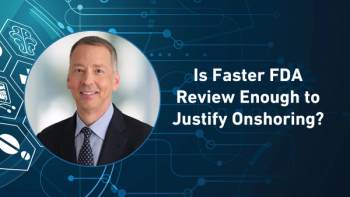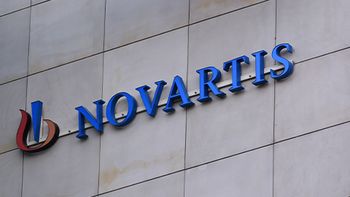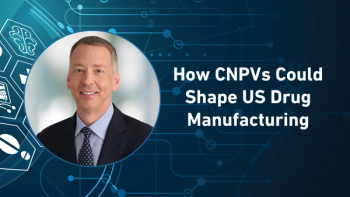
LogiPharma USA 2025: Pharmaceutical Supply Chain Security
In a recent panel discussion, Krenar Komoni, founder and CEO of Tive, highlighted how combating rising supply chain theft requires a multi-layered, technology-driven security strategy.
In a recent panel discussion on supply chain security, Krenar Komoni, founder and CEO of Tive, emphasized the growing importance of collaboration among vendors, logistics providers, and technology companies to combat evolving threats in the industry. The conversation highlighted two main types of theft impacting the supply chain: direct theft, where goods are physically stolen from trailers or containers, and strategic theft, a more sophisticated form involving social engineering tactics where fake carriers impersonate legitimate ones to intercept shipments.
To address these risks, panelists discussed a multi-layered security approach. Tools like carrier vetting software, GPS trackers, seals, and even armed escorts were identified as part of a tiered defense system. Komoni stressed that no single solution can fully secure a supply chain; rather, companies must integrate multiple protective measures into their operations to build resilience.
A major highlight of the discussion was the shift in the pharmaceutical industry from passive monitoring to real-time tracking, accelerated by new technologies like the Solo Pro device. This transition enhances visibility and responsiveness in managing high-value or sensitive shipments.The panel also explored how closer partnerships between logistics providers, shippers, and tech firms are strengthening the supply chain. This “triangle” of collaboration allows for better implementation and use of advanced technologies, increasing trust and efficiency across the board.
Looking ahead, Komoni noted that AI and automation will play a larger role in supply chain security, helping to predict threats and streamline operations in a rapidly evolving environment. The session concluded with a clear takeaway: securing the supply chain requires continuous adaptation, strong relationships, and layered, technology-driven solutions.
A transcript of Komoni’s conversation with PC can be found below.
PC: You recently participated in a panel discussion on “Strengthening Supply Chain Security in a Dynamic Environment.” What did that conversation entail?
Komoni: The panel today was very exciting. What we were talking about is supply chain security and really around collaboration between various vendors and providing best technologies out there for security, but also helping customers understand some of the challenges that are there. So on the security side, there's really two types of theft that are occurring.
One is direct theft, and another one is what we call strategic theft, and that's something that Chuck Forsythe talked about a little bit on the panel today. So direct theft is somebody comes, takes, goes in your trailer, steals a trailer, steals your container, steals the good inside. So it's very direct, but the indirect one, or there's more strategic that's actually quite dangerous these days, is more around social engineering, where somebody is a fake carrier, acts like it's a trucking company, and then you're actually giving that information to the trucking company. You tell them to go pick up a load while you're thinking it's your carrier, and they go pick up the load straight from your warehouse, without you knowing that it was a carrier or truck driver that was not supposed to come there. And they just pick up the load, load it from a warehouse, and off they go. So I think that's the those are the two layers, really, right now that people are trying to protect. And then what we discussed various technologies that are out there to be able to alleviate your strategic theft, and then see what you can do around direct theft, I would say one thing that we that we discussed, was security is not just the one thing that fits all. You find one solution. It does everything for you. It's a part of a process.
It's the thing that customers have to do together to really part of their process inside their business. It. Think of it as multiple layers, and you can have various layers of security, and the more layers that you add, the harder for anybody to penetrate that security layer that you've created. So first, on strategic theft side, you can use carrier vetting software. You can use other pieces of software so that you'll know whether there's these are legit carriers or not. Second thing you can do for free is actually just work with the people and see if you trust them. Do you have a really good relationship with them? Are they the ones who are really going to carry your shipment in a in a good way and in a secure way? And then you can start putting trackers on your shipments, putting seals on your shipments. And finally, obviously a layer of you can have an escort, with a car following your truck, with actual guns to be able to protect your shipment. So there's various layers, but every time you add one layer makes the thieves and everybody else more difficult to steal that shipment. So I would say that's what we really discussed on the panel.
Newsletter
Stay ahead in the life sciences industry with Pharmaceutical Commerce, the latest news, trends, and strategies in drug distribution, commercialization, and market access.





